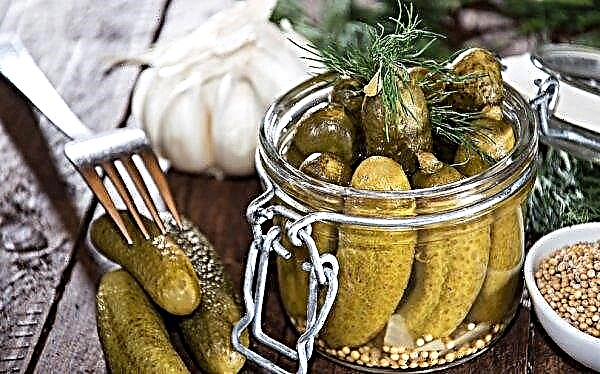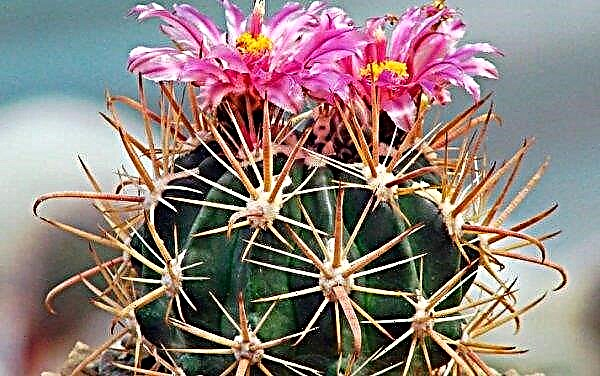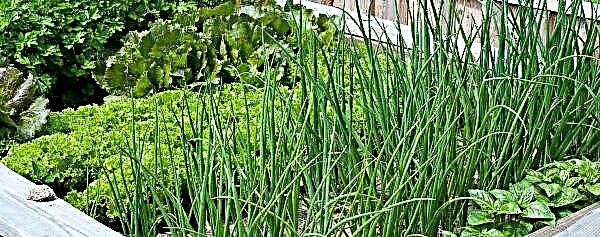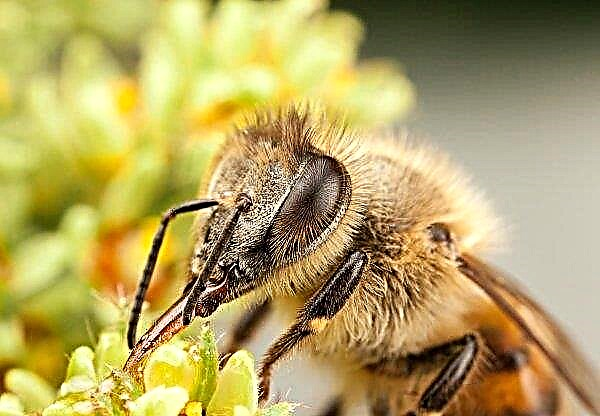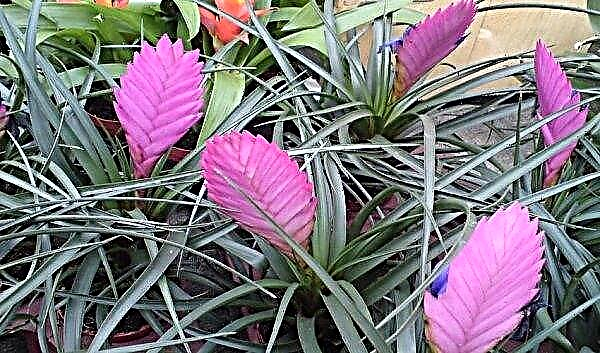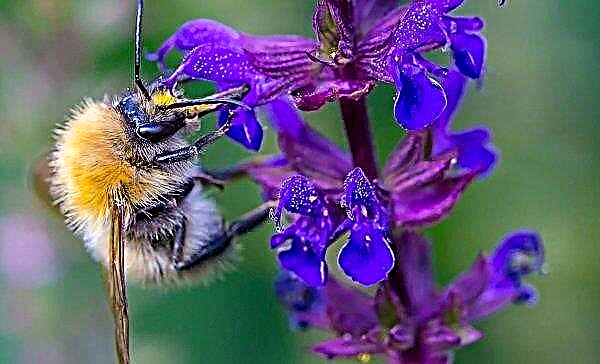Decorating a home or office with ornamental plants, you should learn as much as possible about them so that the flowers do not cause harm to health, and caring for them is not complicated and time-consuming. One of the beautiful and beloved by many flowers is the Spathiphyllum of the Chopin variety - this article will tell about the rules for caring for it.
Botanical description of the plant
Spathiphyllum is a well-known ornamental plant of the aroid family. It is an evergreen perennial with moderate toxicity due to the content of calcium oxalate in the leaves. About 45 species of spathiphyllum are known. At home, the variety Chopin, or Chopin, is often grown. This variety is obtained as a result of selection.
Important! When growing a house, Spathiphyllum Chopin requires careful handling, like all aroid ones. Plant juice can irritate the mouth and cause breathing problems and swelling of the throat.
The name "spathiphyllum" consists of the Greek words "spathe" ("bedspread") and "phyllon" ("leaf"). And indeed, creamy cob flowers are framed, like a blanket, with a pale green petal. Leaves are dark green, smooth, with dented veins.
This plant is small in size, up to 35–40 cm high. In addition to its original appearance, it can serve as a natural filter and purify the air of harmful substances, and in the morning, fill the air with a delicate aroma. Spathiphyllum is perfect for decorating both residential and office premises.Care after purchase
From the variety of spathiphyllum species, it is worth stopping at the Chopin variety for the following reasons:
- the flower is unpretentious and does not require complicated care;
- blooms for a long time even in a shaded room;
- has a pleasant aroma;
- relatively resistant to disease.
Did you know? Spathiphyllum can be the first to launch a cat instead of a cat during housewarming or after repair. Like a natural filter, it will clean the airspace from the smells of paint and varnishes and provide the owners with clean air.
When buying spathiphyllum, you should pay attention to the appearance of the plant:
- leaves should be dense green, dense, without spots and yellowed areas;
- the soil must be moist, as the plant is hygrophilous;
- there are no insects and cobwebs on the soil and leaves.
 In flower shops, plants are most often found in “greenhouse” conditions with artificial lighting, regular top dressing, and constant hydration. Therefore, the first 2 weeks after the purchase, do not disturb the flower - it is better to put it in a shaded place so that it gets used to the new house and climate. If the soil in the flowerpot was wet during the purchase, then watering can also be postponed for 2-3 days.
In flower shops, plants are most often found in “greenhouse” conditions with artificial lighting, regular top dressing, and constant hydration. Therefore, the first 2 weeks after the purchase, do not disturb the flower - it is better to put it in a shaded place so that it gets used to the new house and climate. If the soil in the flowerpot was wet during the purchase, then watering can also be postponed for 2-3 days.Adaptation
2 weeks after the purchase, it is advisable to transplant the spathiphyllum, because, as a rule, these flowers grow in tight pots in stores, bloom due to top dressing, and the soil often consists only of peat. Then the plant needs to be given 2-3 months for a smooth adaptation to new conditions of detention.
Only after this period can you start feeding. It is advisable to place the flower in quarantine for the same period, isolating it from other indoor plants in order to identify pests.
Transfer
Transplantation is considered the most traumatic event for the plant, so it is not done immediately after purchase, unless there is an urgent need. In the future, this procedure is carried out either in the spring or at the beginning of active growth. It is advisable to transplant a young plant annually. Spathiphyllum, with good care, grows rapidly, and in the future it needs to be transplanted every 3-5 years into a larger container. The signals for transplantation will be roots protruding on the surface and sprouted into the drainage holes, drying out of the lower leaves and loosening of rosettes. This flower does not like spacious pots, so the new capacity should not be much larger than the previous one.
Spathiphyllum, with good care, grows rapidly, and in the future it needs to be transplanted every 3-5 years into a larger container. The signals for transplantation will be roots protruding on the surface and sprouted into the drainage holes, drying out of the lower leaves and loosening of rosettes. This flower does not like spacious pots, so the new capacity should not be much larger than the previous one.
The transplant procedure is as follows:
- At the bottom of the tank pour 2 cm of drainage material - expanded clay, broken brick, pebbles.
- Then pour in loose light soil mixed with nutrients. The soil can be bought at the store or prepared on your own by mixing peat, coniferous land, sheet land and sand equally. If sphagnum moss is laid on top of the soil, this will save the soil mixture from drying out.
- Cut flower stalks so that the plant does not waste energy on flowering and takes root more quickly in the new "house".
- Clean the roots of the flower from the old soil, remove dry and damaged. Place in a new container, slightly condensed. Spathiphyllum has aerial roots that do not need to be buried. Over time, the roots will go into the ground and serve as an additional fastening of the plant.
- After transplanting, pour plenty of water until water flows out through the drainage.
Important! Due to the toxicity of spathiphyllum, all plant care and transplantation work should be carried out with gloves, and at the end, wash your hands thoroughly.
Further care
A transplanted plant for 2 weeks should be covered with a film to provide increased humidity, as well as regularly watering and spraying the leaves. In such conditions, spathiphyllum will take root more quickly and will bloom again.
Seat selection
The best place for the plant will be the eastern and southern windows or rooms with diffused light and the absence of drafts. Spathiphyllum will suffer slight shading, but with a lack of light, its leaves will grow small, pale and twisted.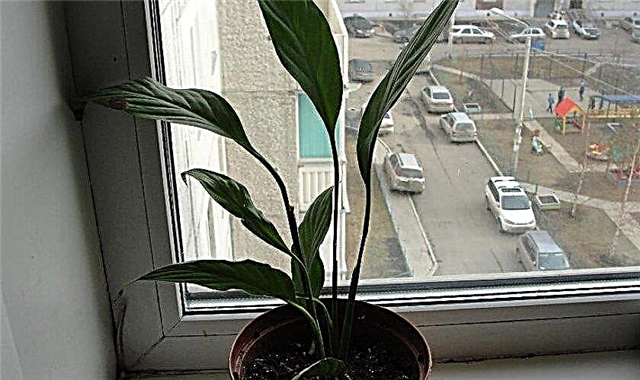 Being photophilous, spathiphyllum, however, does not tolerate direct sunlight - because of them, yellowness and burns appear on the leaves.
Being photophilous, spathiphyllum, however, does not tolerate direct sunlight - because of them, yellowness and burns appear on the leaves.
Temperature mode
Spathiphyllum is an unpretentious plant. He loves heat, but does not tolerate dry and hot air. The temperature regime suitable for it is + 18 ° С ... + 26 ° С in spring and summer, which is easy to provide in any residential premises. In good weather in summer, you can take a flower to fresh air
At lower temperatures, spathiphyllum slows down growth and plunges into sleep mode. In winter, it is necessary to ensure that the temperature in the room where the flower is located does not fall below + 16 ° C.
Air humidity
In nature, plants from the Aroid family grow in moist forests, along rivers, so moisture in air and soil is important for spathiphyllum. You can create an appropriate climate by watering, daily spraying, wet moss in the pan. In hot weather or during the heating season, the air in the room dries up, and the plant needs to be sprayed twice a day with warm boiled water. Before spraying, flower stalks should be covered. A container of water can be placed next to the flower to increase air humidity. Leaves are “light” for the flower, so they need to be wiped with a damp cloth and kept clean. In addition to cleansing, it is also the prevention of leaf damage by pests.
Before spraying, flower stalks should be covered. A container of water can be placed next to the flower to increase air humidity. Leaves are “light” for the flower, so they need to be wiped with a damp cloth and kept clean. In addition to cleansing, it is also the prevention of leaf damage by pests.
Watering
The soil in the flowerpot should be kept moist, avoiding stagnation of water at the roots. Spathiphyllum should be watered with settled water at room temperature. Autumn and winter, the plant spends in sleep mode, and at this time, watering is reduced to a minimum, not allowing the topsoil to dry out in a flowerpot.
Did you know? In Japan, they prefer to admire the external beauty of a flower (even fruit), rather than inhale its aroma. Most Japanese favorite flowers are odorless.
You can judge the correctness of watering by foliage:
- black leaf tips - excess moisture;
- leaves are down - need watering.

Top dressing
To spathiphyllum was healthy, always pleased with abundant and long flowering, fertilizers should not be neglected. However, top dressing can also have a negative effect if you violate the rules for their application. Like any flowering plant, spathiphyllum needs significant amounts of phosphorus and potassium for a brighter color during flowering.
In flower shops you can buy special fertilizers for aroid species. It is possible to feed a flower only after watering in order to avoid a burn of roots. When dark spots appear on the leaves, which indicates an excess of nutrients, top dressing should be stopped. Choosing between organic and mineral fertilizers, the latter should be preferred.
Organic fertilizers cause rapid growth of green mass to the detriment of flowering, and mineral fertilizers provide the plant with the necessary and balanced composition of macro- and microelements for the development of both leaves and flowers. An example of such fertilizer is the universal remedy "Gilea" or the means "Azalea", "Flower" (they are good because they do not have lime). Fertilizing spathiphyllum should be carried out:
Fertilizing spathiphyllum should be carried out:
- in spring and summer (during flowering) - 1 time per week;
- in autumn and winter (at rest) - 1 time per month.
Pruning
Spathiphyllum is a herbaceous plant and does not have a stem, so only leaves and peduncles need pruning. In order to improve the health and appearance of the flowerpot, dry or diseased leaves at the very base are pruned. A new foliage will appear in these places, and the stumps will dry out, and they can be easily removed. The blackened ends of the leaves should be cut to a healthy green part, and the slices should be crushed with activated carbon to avoid infection.
Important! If the fading peduncles of spathiphyllum trim regularly and on time, then it is possible to extend and enhance its flowering - pruning stimulates the appearance of new flowers.
How to propagate a flower
If you want to get new young plants, you can propagate spathiphyllum in three ways:
- Dividing the bush. This is the easiest and least time consuming way. When transplanting in early spring, the spathiphyllum bush must be carefully divided into separate shoots, which are then planted as adult plants.
- Cuttings. Cut the cuttings with two eyes should be placed in moist soil, cover with a film and put in a dark warm place. After the appearance of the roots - transplant in the usual way into the desired container.
- Seeds. Due to the complexity and duration, this method is used less often. After the flower stalk ripens, it is necessary to collect the seeds, sow them in a mixture of peat and sand, cover with a film and put in a darkened warm place, periodically ventilating and moistening the soil. After a month, the seeds germinate, and the sprouts can be planted.

Possible growing difficulties
Under adverse conditions, when the plant is weakened, or from neighboring flowers, infection with such pests is possible:
- Mealybug - most dangerous. To combat it, you need to wipe the leaves on both sides daily with soapy water with the addition of alcohol. To fight use the drugs "Actellik", "Fitoverm", "Aktara".
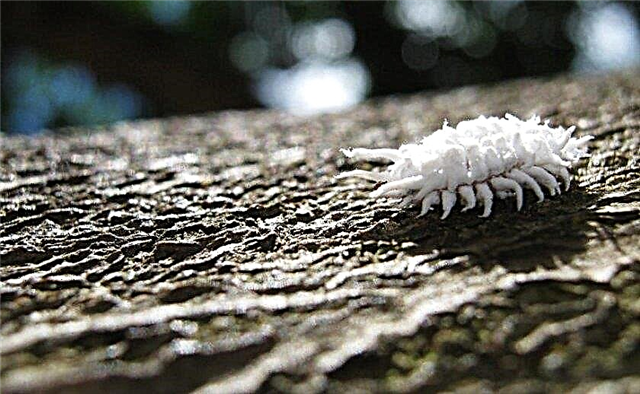
- Thrips - Before treatment with insecticides, it is necessary to rinse the plant in the shower. For the fight should use the drugs Fitoverm, Vertimek, Agravertin.

- Spider mite - his presence betrays the presence of a barely noticeable web on the leaves. It is necessary to wash the leaves with a soapy alcohol solution in order to mechanically remove the pests. Preparations for the fight - “Actellik”, “Fitoverm”, “Neoron”.
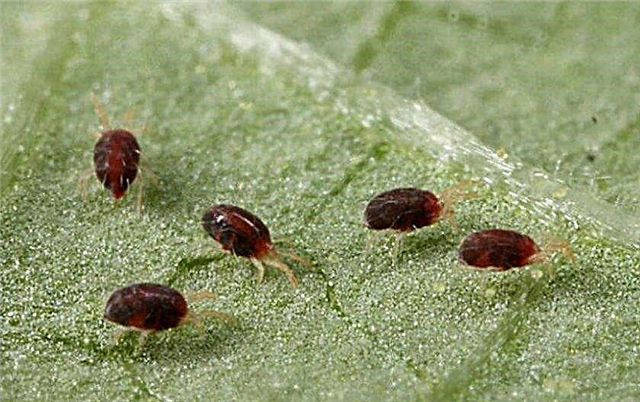
When examining spathiphyllum, you can notice some diseases or lack of care.
All of them have their own reasons:
- leaves sluggish and drooping - the soil in the flowerpot is heterogeneous or overdried, rotting of the roots;
- growth and development retardation - air temperature below + 16 ° C, a large pot, poor lighting;
- no peduncles - too loose pot, poor lighting, lack of minerals;
- yellowness of leaves - lack of moisture and minerals, direct sunlight, dying leaves;
- leaves turn black around the edges - dry air, excess moisture;
- dry leaves around the edges, black spots in the center - excess moisture, root cooling, fertilizer burn.
Did you know? It will not work to grow a Gardner orchid as a houseplant - this representative of Australia grows and blooms only underground.
Some may consider the greening of flowers to be a disease, but in this case there is no need to worry - these flowers become when wilting. With proper care and attention, Chopin's spathiphyllum will delight you with lush greenery and the aroma of delicate flowers. A strict, elegant and noble flower will be a wonderful addition to the interior for your home or office.





